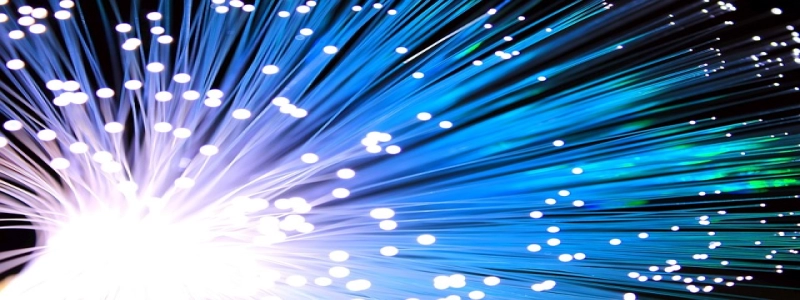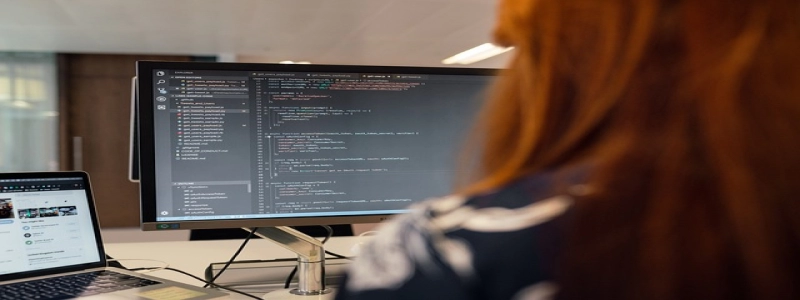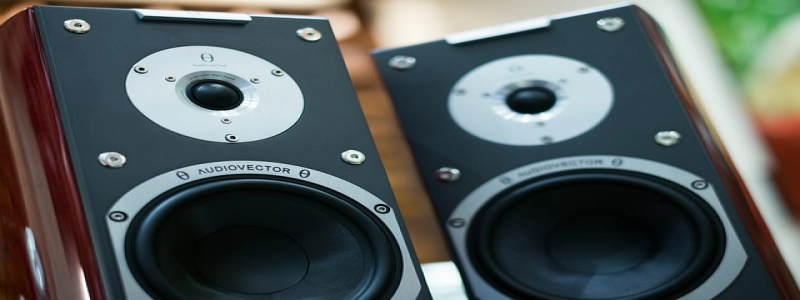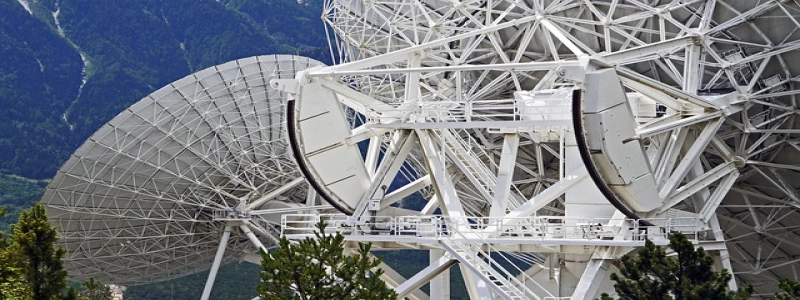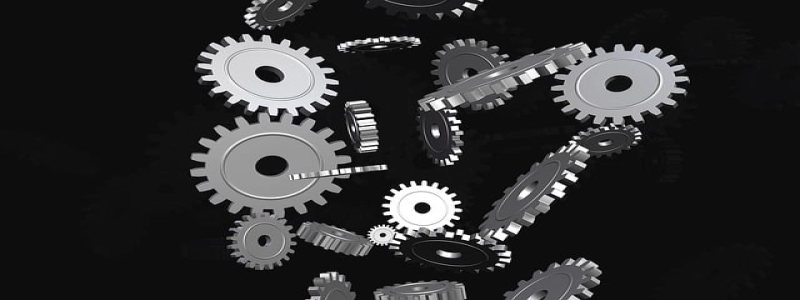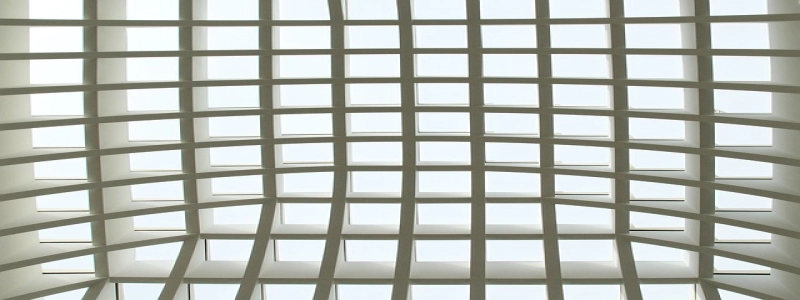Types of PVC Connectors
Introduction:
PVC connectors are widely used in various industries and applications. These connectors play a crucial role in joining and connecting PVC pipes, ensuring a secure and leak-free connection. Understanding the different types of PVC connectors is essential for selecting the most suitable connector for specific needs. In this article, we will explore various types of PVC connectors and their applications.
I. Coupling connectors:
Coupling connectors are the most common type of PVC connectors used for joining two PVC pipes of the same diameter. They are available in different sizes and are designed to provide a tight and secure connection. Coupling connectors have a simple design, with two socket ends that fit snugly over the PVC pipes, held together by a central sleeve. These connectors are widely used in plumbing systems, irrigation systems, and other applications where a straight pipe-to-pipe connection is required.
II. Elbow connectors:
Elbow connectors, also known as 90-degree connectors, are used to change the direction of a PVC pipe by 90 degrees. These connectors are designed with one socket end and one threaded end, allowing for easy and secure connections. Elbow connectors are available in different angles, such as 45 degrees and 22.5 degrees, allowing for various degrees of pipe bending. They are commonly used in plumbing systems, particularly when navigating corners or obstacles.
III. Tee connectors:
Tee connectors are designed to connect three PVC pipes at a 90-degree angle. They have a T-shaped design, with three socket ends, allowing for easy connection of three pipes. Tee connectors are commonly used in PVC pipe systems that require branching, such as irrigation systems or plumbing systems with multiple fixtures. These connectors enable the setup of parallel or perpendicular pipe connections, ensuring efficient and versatile pipe routing.
IV. Cross connectors:
Cross connectors, also known as four-way connectors, are similar to tee connectors but with an additional socket end. These connectors allow for the connection of four PVC pipes at 90-degree angles. Cross connectors are commonly used in complicated piping systems, such as sprinkler systems or water distribution networks. They provide a convenient solution for intersecting pipes, allowing for smooth and efficient fluid flow.
V. Reducer connectors:
Reducer connectors are used to connect PVC pipes of different diameters. These connectors have two socket ends of different sizes, allowing for the transition from a larger pipe to a smaller pipe or vice versa. Reducer connectors are widely used in various applications, such as pool plumbing systems, industrial piping, or household drainage systems. They ensure a smooth flow transition while maintaining a secure and leak-free connection.
Conclusion:
Understanding the different types of PVC connectors is essential for selecting the appropriate connector for specific applications. Whether it is coupling connectors, elbow connectors, tee connectors, cross connectors, or reducer connectors, each type serves a specific purpose in PVC pipe systems. By considering the requirements of the project, one can choose the most suitable PVC connector to ensure a reliable and efficient piping system.
